The following post details the Global Goulets’ journey from July 2 to July 9 (Days 93 – 100)
Story Highlights:
- Brazilian Amanda joins us as the 4th Goulet, adding some fresh perspective
- Playing with a jaguar leads us to discover it isn’t all fun and games in Trujillo
- On July 4th, Eric gets attacked by a dog on the Highway of Death and we camp at a Honduran army barracks
- The next night we camp on the property of a wonderful family next to a national park
We woke up promptly for sunrise on our ‘private’ island and by the time our hangovers settled in, we were back on the mainland. For as much as it had been a day we’d never forget, we knew how essential it was to get back on the road and finish our tour de Honduras.
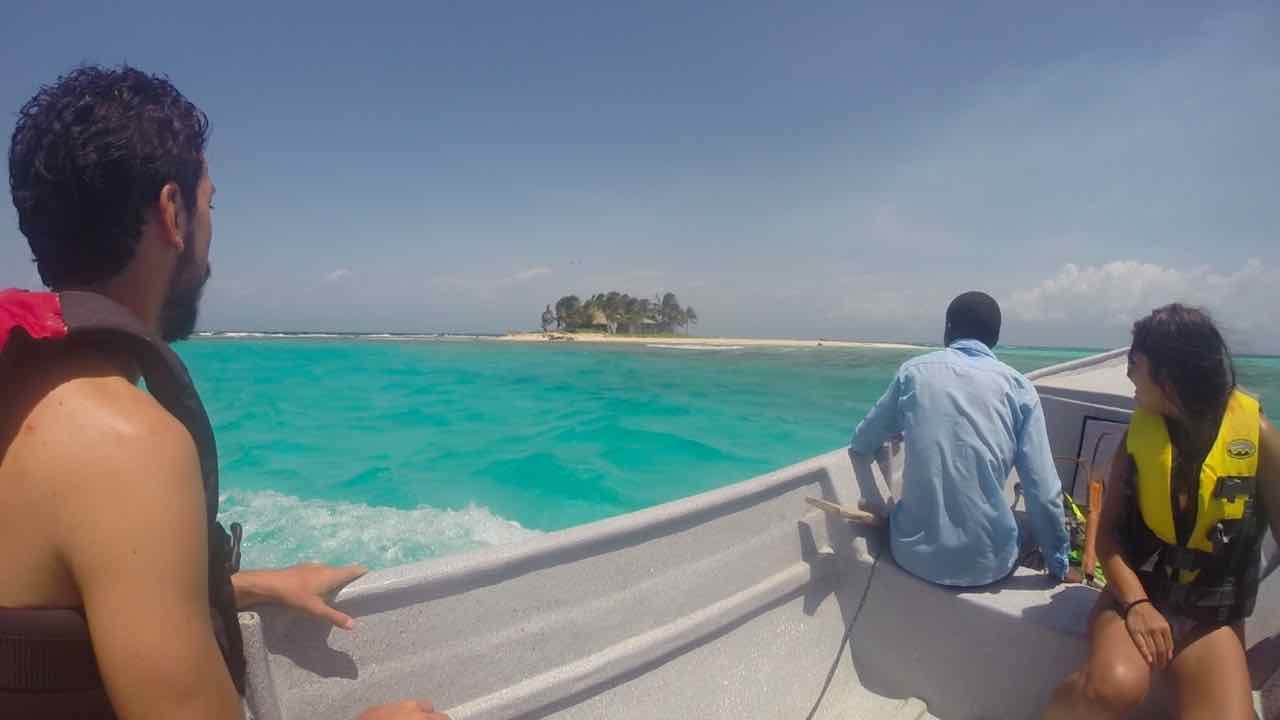
Luckily, we got to keep Amanda as the 4th Goulet (or as Brian called her, a “Goulette”) as we continued through the country. Her plan was to head on south on her way out and on to Nicaragua, so we had her on board until at least Tegucigalpa (we’d inevitably have to veer back up north to pick up a package in San Pedro Sula). She provided us not just a lady’s perspective, but a much needed breath of fresh air to help keep our decisions and opinions logical and balanced. For example, while she agreed that daily ice cream was an acceptable and affordable indulgence that passed her cost-benefit analysis, she shot us down when we thought a jaguar tied up on a tree was awesome.
‘Wait, did they just say jaguar tied up on a tree?’ you must be thinking. Hold on tight, we’ll get to that in a minute.
After picking up our belongings we stored at 1877 Hostel while we were overnight on Cayos Cochinos, we continued on our path east on the coast to Trujillo. This noteworthy town had a lot of symbolic significance for us as the place Christopher Columbus had first touched mainland America. Upon deliberation, though, we vowed to use Columbus’ exploration of Latin America as a direct counterexample of what we ourselves are trying to do. Rather than exploit those we meet on our way, as Columbus did a half millennium ago, we aim to treat them with respect and gratitude. We are guests in their homes and it is of the upmost importance we maintain that identity.
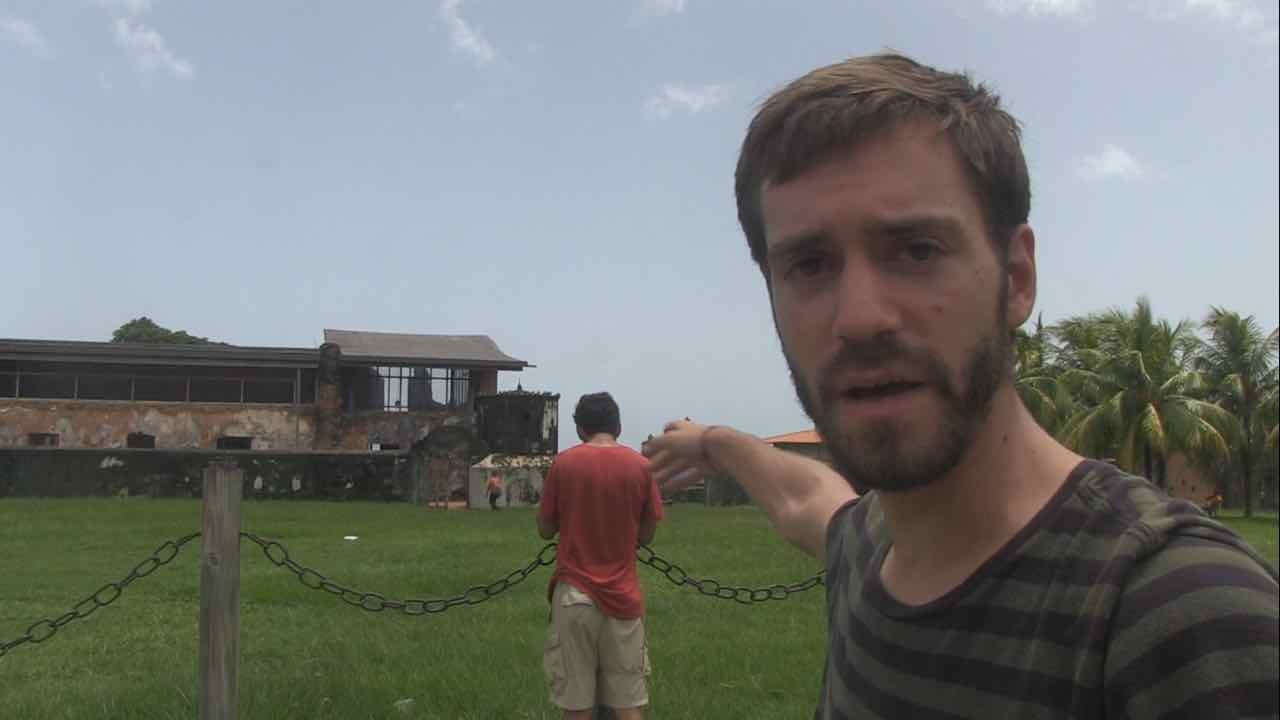
Now, back to the jaguar. We found a family run establishment to camp on the beach just outside of town, thanks to the recommendation of our trusty friends at iOverlander. We gushed over the perfection of our camping spot and then we were led by the owner’s daughter to see her jaguar. When at first she said “yaguar,” we denied our lackluster Spanish translation skills. But once we saw it with our own eyes, the rare exotic cat’s existence was irrefutable.

Maybe it wasn’t a “jaguar” by exact definition, but it was at least a cousin. Consumed by heaps of laughter, we each took turns playing with the fearless feline. Yet, Amanda seemed apprehensive. For such a self-proclaimed animal lover, we wondered why she was so hesitant to indulge in the kitty playtime.
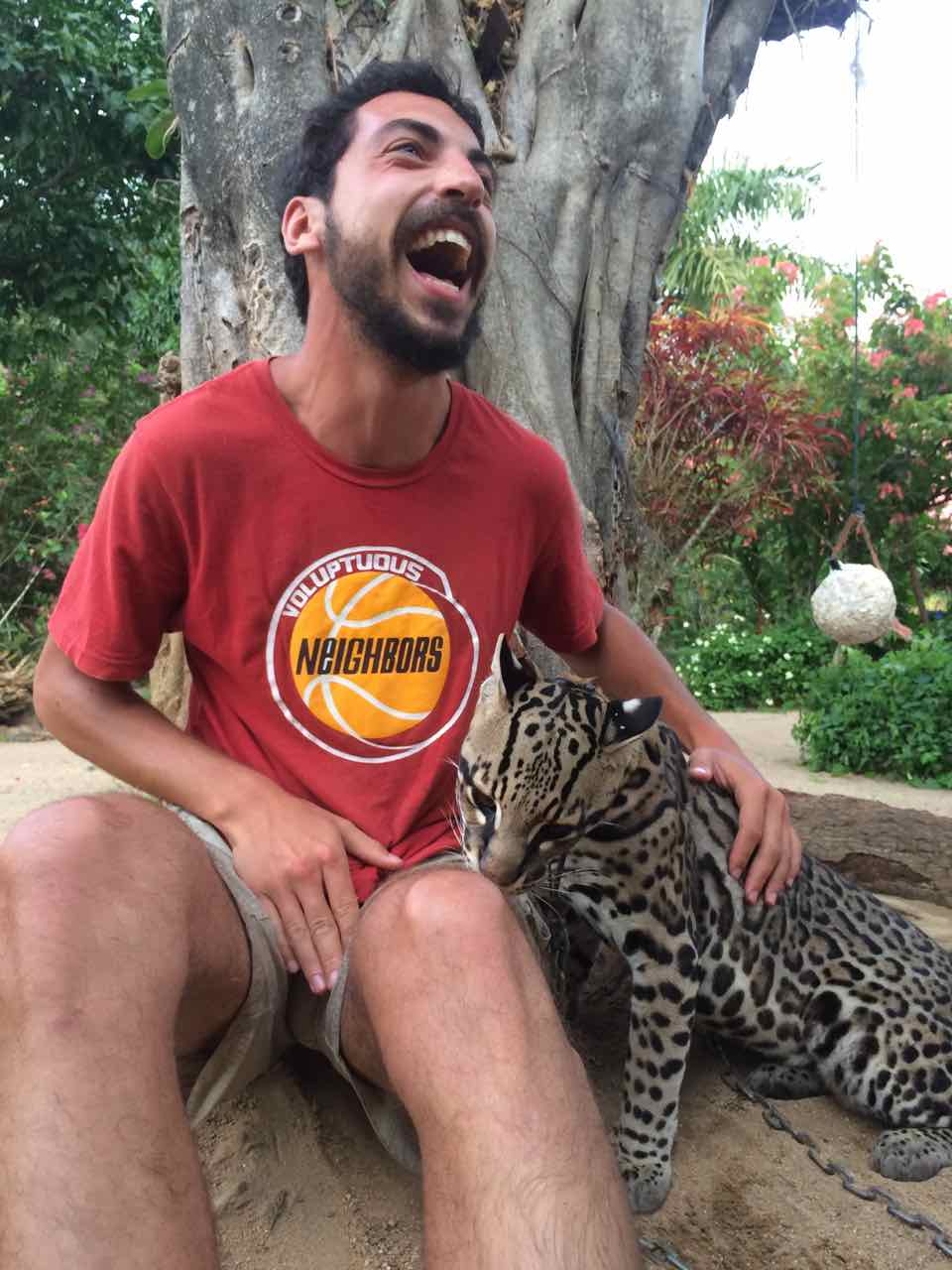
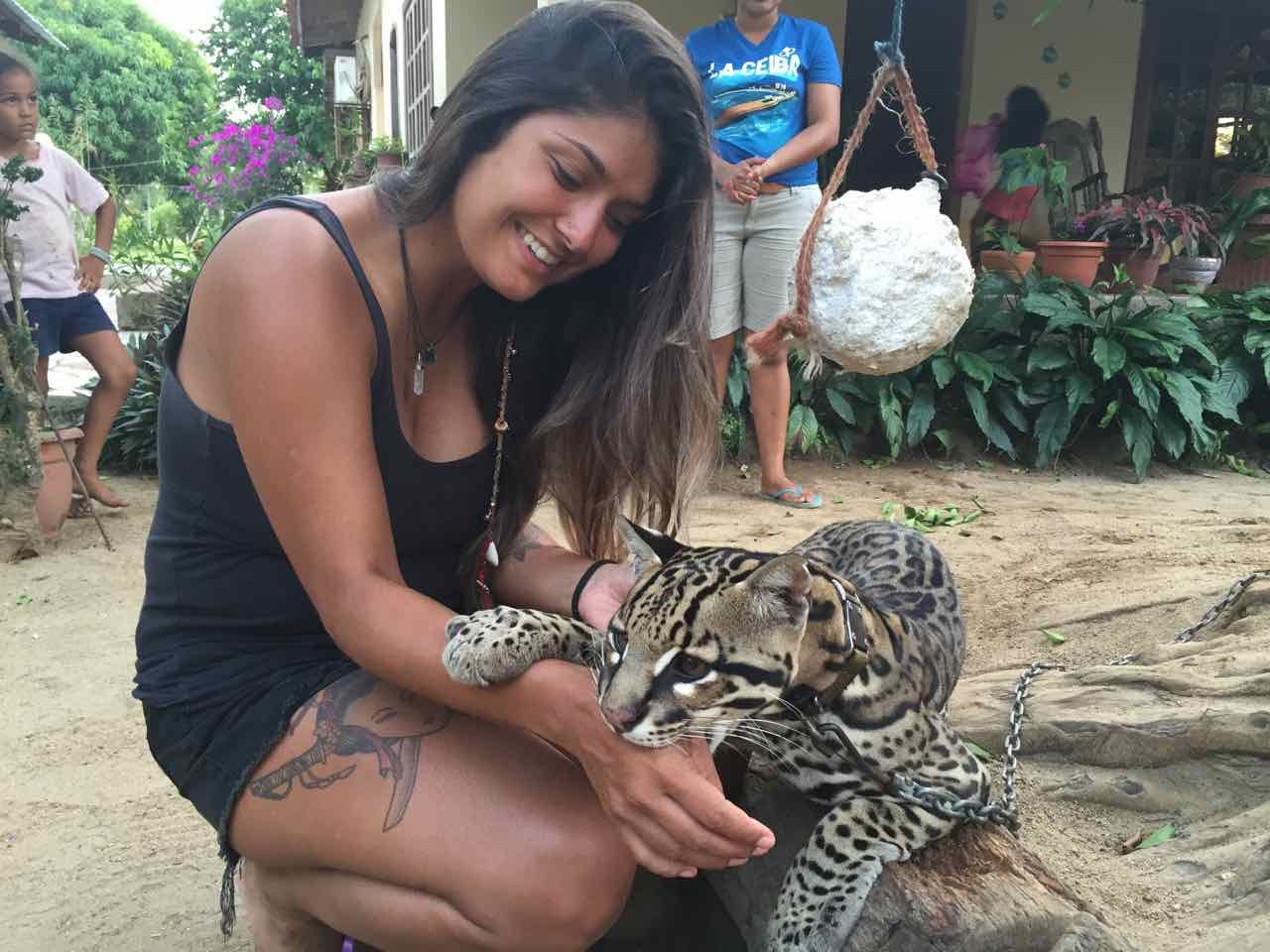

Later, she’d divulged the source of her disgust. “That was not ‘paradise,’ guys. That was a travesty. No jaguar should be tied up on a tree. I don’t believe her story for a second that they ‘saved’ that animal. Her daddy clearly bought it for her. And did she say they have more exotic animals? We need to do some more exploring to get to the bottom of this.”
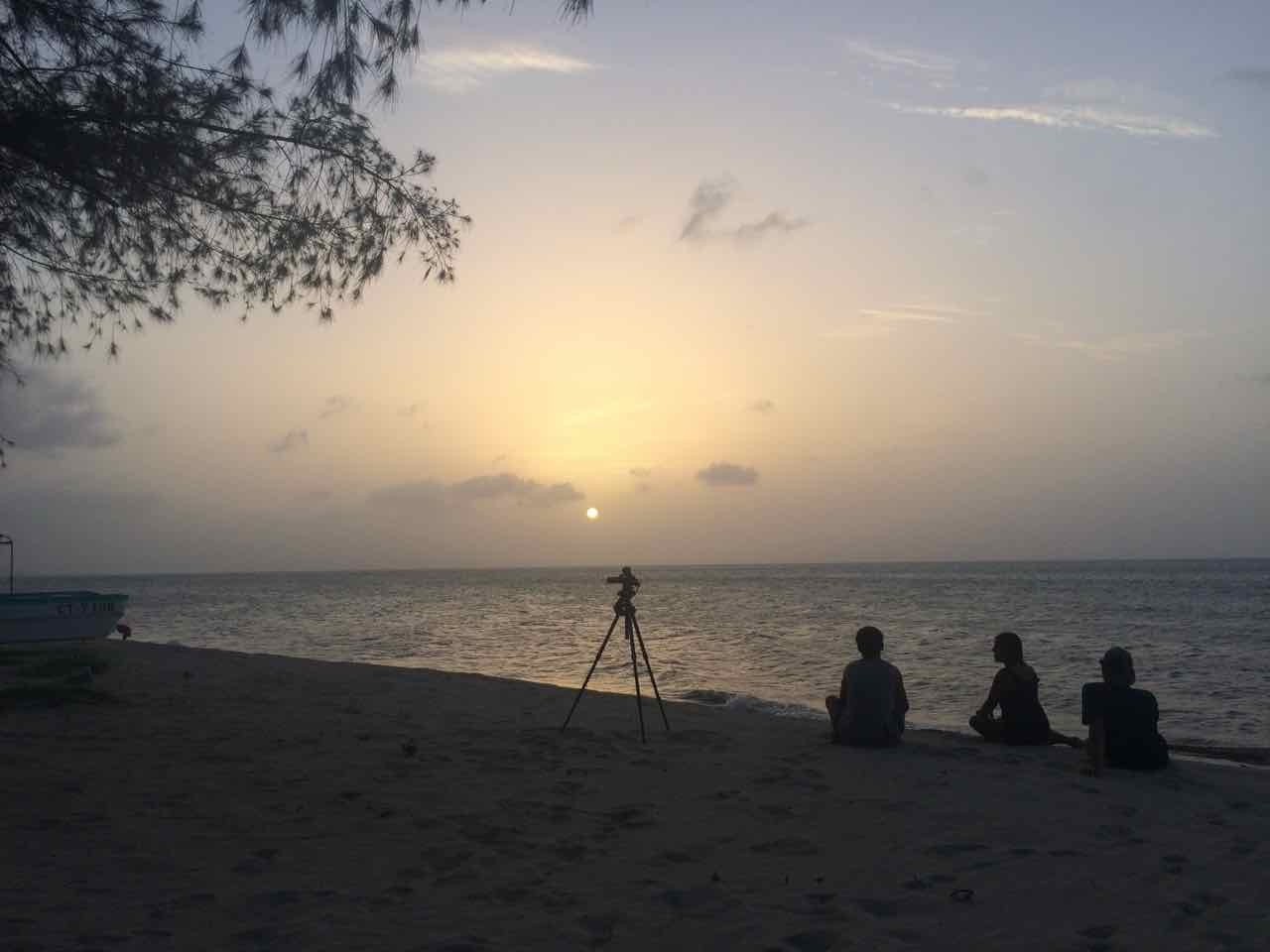
Amanda was right. The next day we walked around the hotel grounds where we met a plethora of caged critters that did not deserve to live under such conditions. From Tucans to tortoises, to warthogs and deer, this place turned out to be nothing short of an unregulated zoo, where unfortunate wildlife live out there tortured days as entrapped, showcased hostages. We considered freeing the prisoners back into the wild but instead withdrew ourselves to the reality that this was just an evil place we could do nothing about. There we learned that for every dozen wonderful people we meet, one egg lays rotten.

We spent a couple days in Trujillo, where we learned to hand wash and clothes line our dirty laundry and tried some exceptional 50 cent pastelitos (little pollo-filled empanadas), but couldn’t get much more out of this town. After some procrastinating, we decided to surf south across an oft-forgotten region Bobby from D&D Brewery told us had been dubbed “The Highway of Death.”
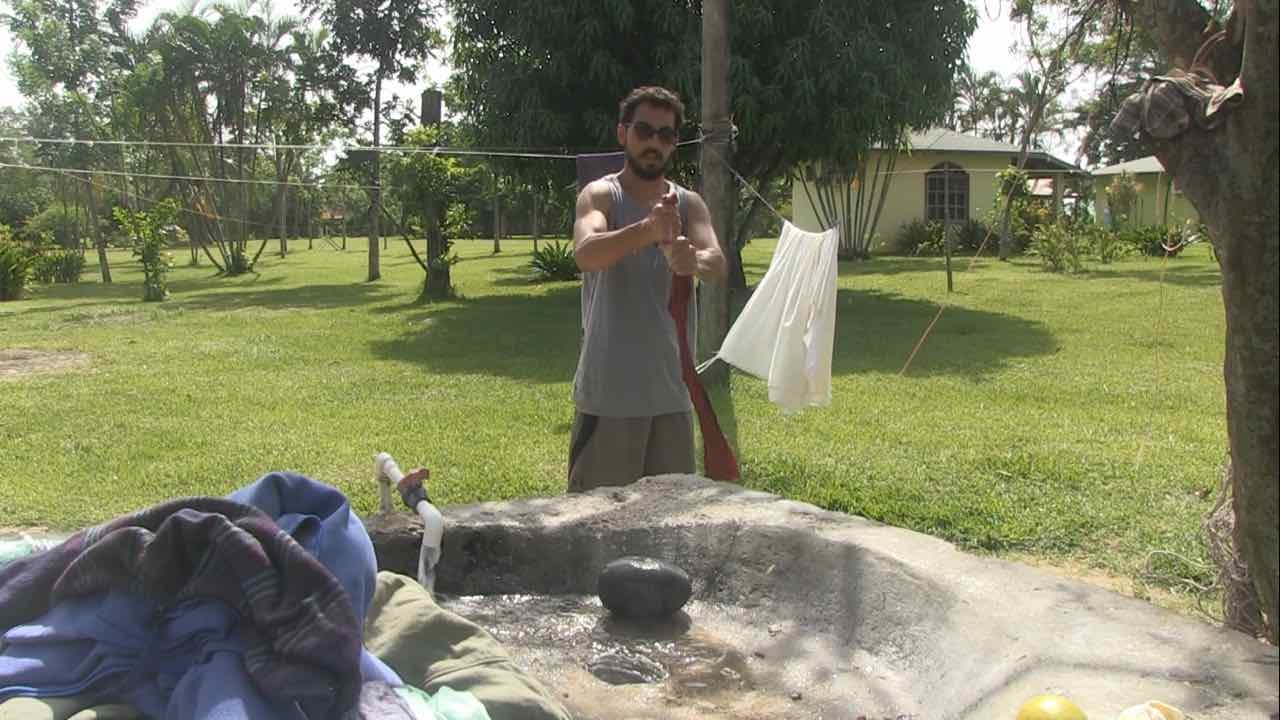
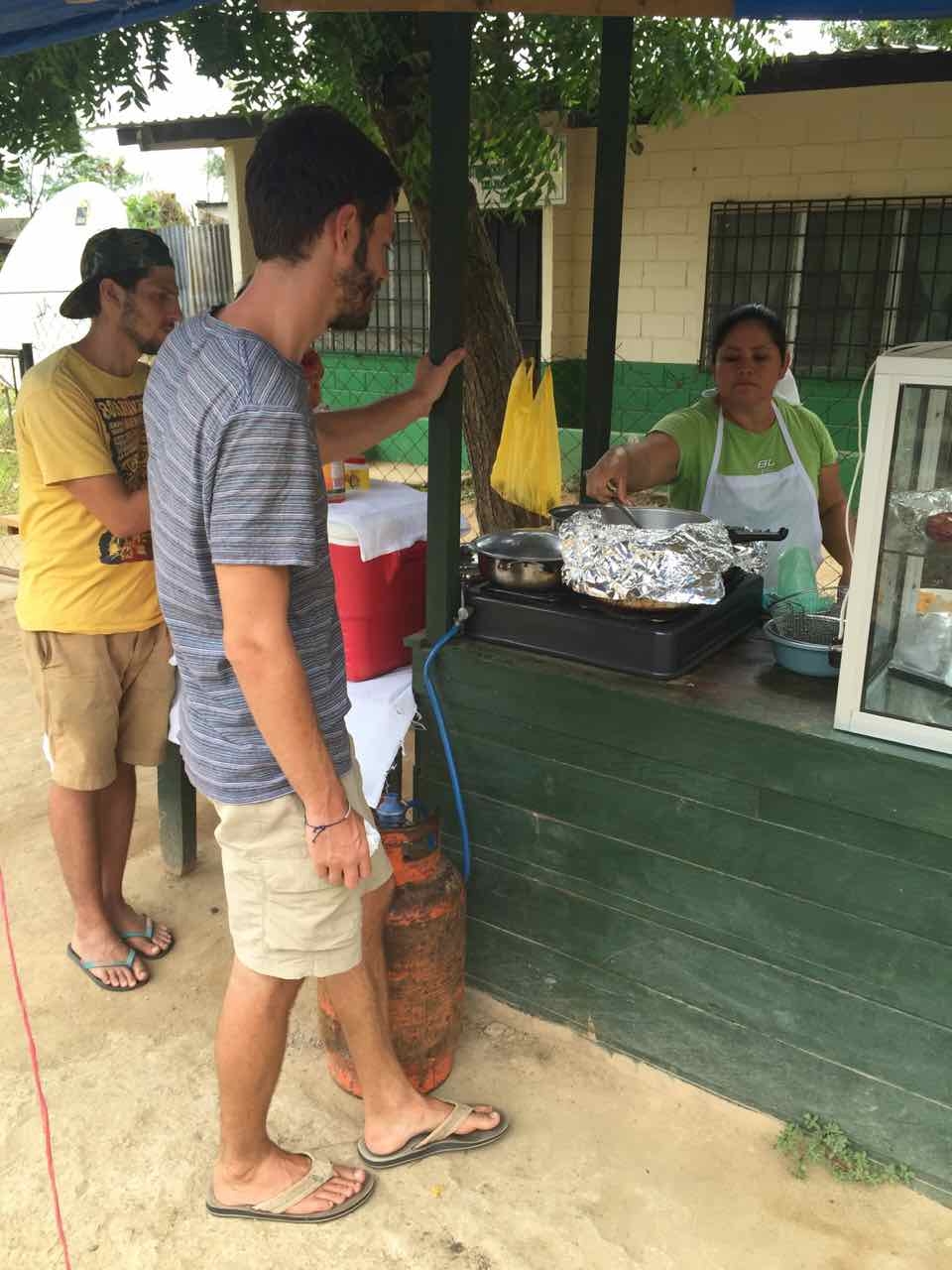
A July 4th Dog Bite and the Honduran Military
This name is yet another example of an exaggerated danger within Honduras. It earned this little nickname for its reputation as a drug smuggling pipeline, where roads are filled with potholes and auto robberies abound. By now, you’d think we’d be numb to such warnings, but the fear there was real. There is little written about this place on the Internet and not a single traveler we’ve met thus far had taken the plunge this deep into Honduras.
Our anxieties brushed away as we drove from the coast and into the forested heart of Honduras. Again, we were slaves to the breathtaking scenery. Noticing a trend? It’s not just Honduras; in every country through which we’ve driven south of our own, incredible countryscapes line the roadways. One would think these sights would get old or at the very least repetitive. On the contrary, we’ve grown amazed that we continue to react with such awe at the view outside our car window. Here in Olancho, the vegetation glows with all shades of green, from bright and nearly yellow to dark and nearly black. We try to shy away from sounding like silly tree huggers, but there is no doubt the Latin American panorama is world class.
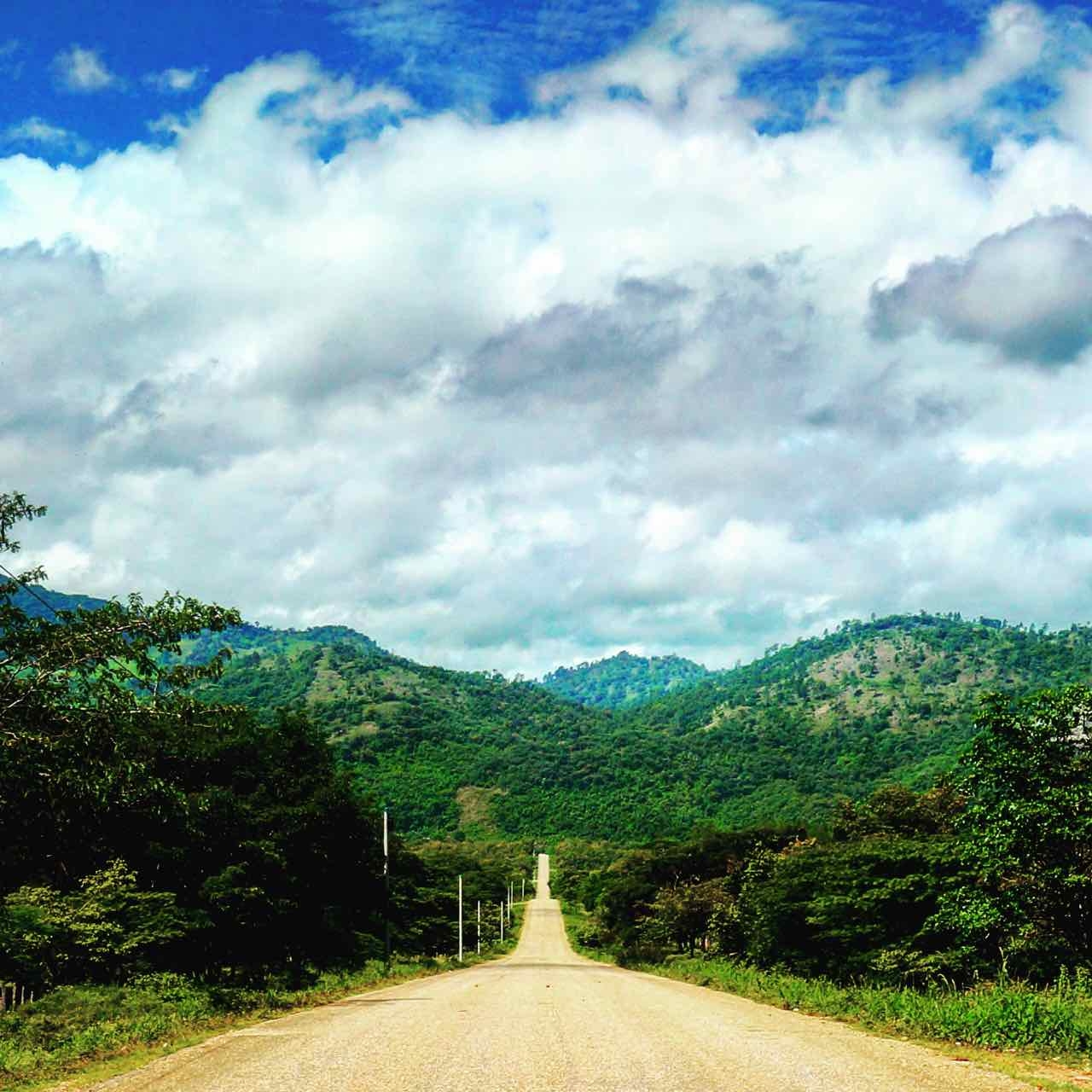
In the two nights we spent in this eastern end of Honduras, both nights we were treated with gracious hospitality. A treacherous dog bite to the ankle left Eric the Hypochondriac fearing he might devolve into a rabid werewolf. Thankfully, the jubilant doctor who treated him directed us towards the safety of a nearby military base. At first the men at the gate were confused when we asked to camp inside their grounds, but a short explanation informed them that we were just a car full of foreigners passing through, seeking a secure space to spend the night. They amiably allowed our entrance.
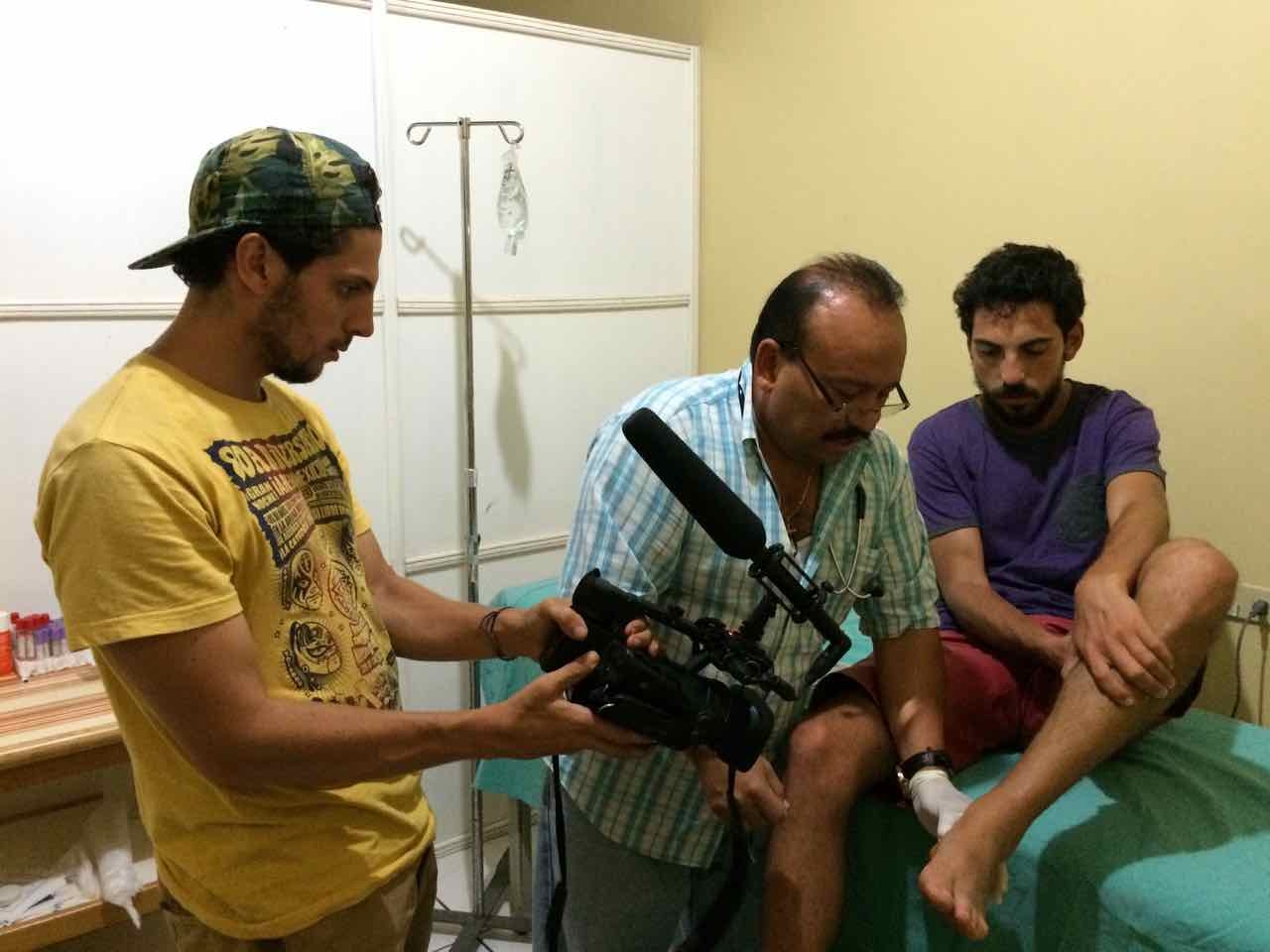
After finishing our unorthodox July 4th pasta bowls, the guard on duty shared with us yet another story of a Latino in search of work in America. His brother dared to take on the two-week trek into the U.S., but before he could cross, a Mexican gang, the Zetas, stopped him. In order to get amnesty into America, the Zetas forced him to pay a huge amount of money just to work as a drug mule for them for a month. While those who couldn’t pay were tied up and murdered, he was allowed into the U.S. as soon as his servitude expired. On this Independence Day, we learned one more fascinating tale to tack on to our evolving understanding of modern day migration into the U.S.A.
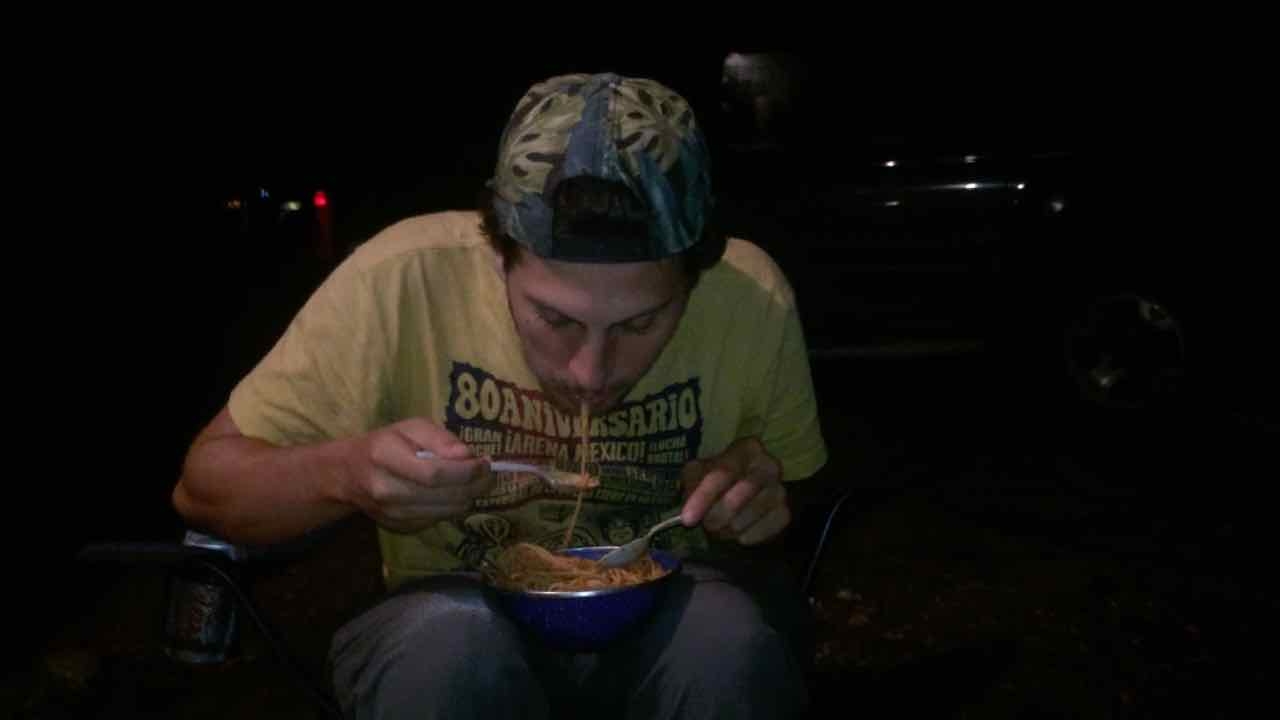
Camping at La Tigra National Park
The next day we made it to the Honduran capital of Tegucigalpa. Most people we’d met in Honduras had warned us that this sprawling city was a bit of an eyesore. For once, we hesitantly agreed. In fairness, we didn’t give the place much of a chance and were rather eager to get back out into nature, but our short stroll through the town’s central park turned us off. The main highlight was a visit to the McPostre stand, where we spoiled ourselves with some delectable McCono ice cream.
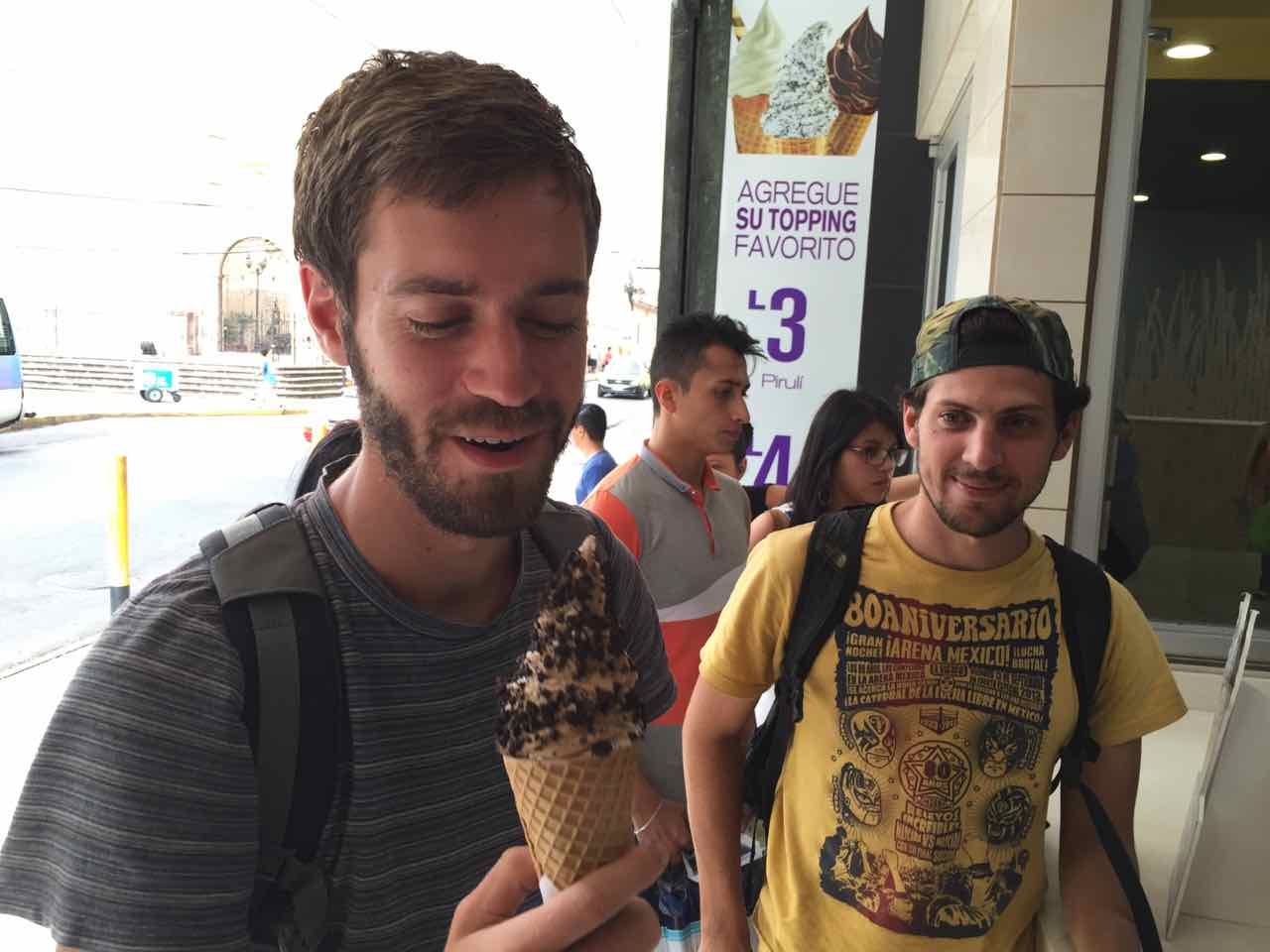
We still had one final Honduran adventure left in us. Outside of Teguc is the massive La Tigra National Park and we committed ourselves to camping there for one night in advance of a little hike the next day. Nothing too exhausting, all four of us agreed. The Santa Maria chugged up the mountainside adjacent to the city, eventually providing us a legitimately stunning view from above, overlooking the saturated valley below. Better all the way up here than way down there.
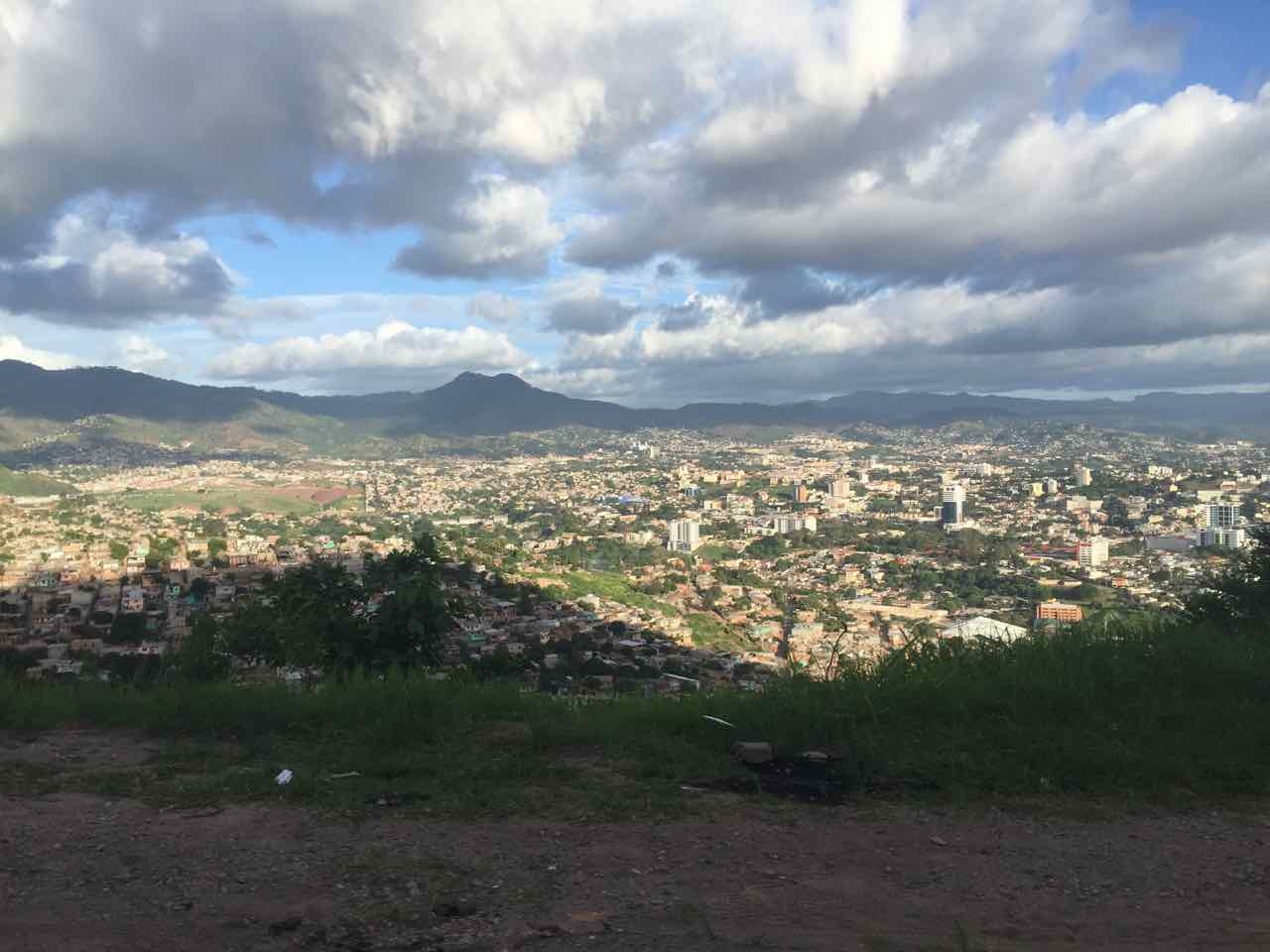
Out of sight of the city’s dense center, we found ourselves in the thick of Teguc’s timbered terrace. Up there, outside of the park’s gates, the climate was a far cry colder than we’d gotten used to in the rest of the country. We needed a place to camp, but the gate was locked that late in the day. So, Amanda got to work. When at first the man on duty near the gate told us it was $8 to camp and $10 entrance, she used her gentle-yet-insistent tactics to drive down his price. In the end, we not only got to enter the park for the price Honduran citizens pay, but the guard himself let us sleep behind the gate of his house for free! We three took mental notes of her haggling skills.
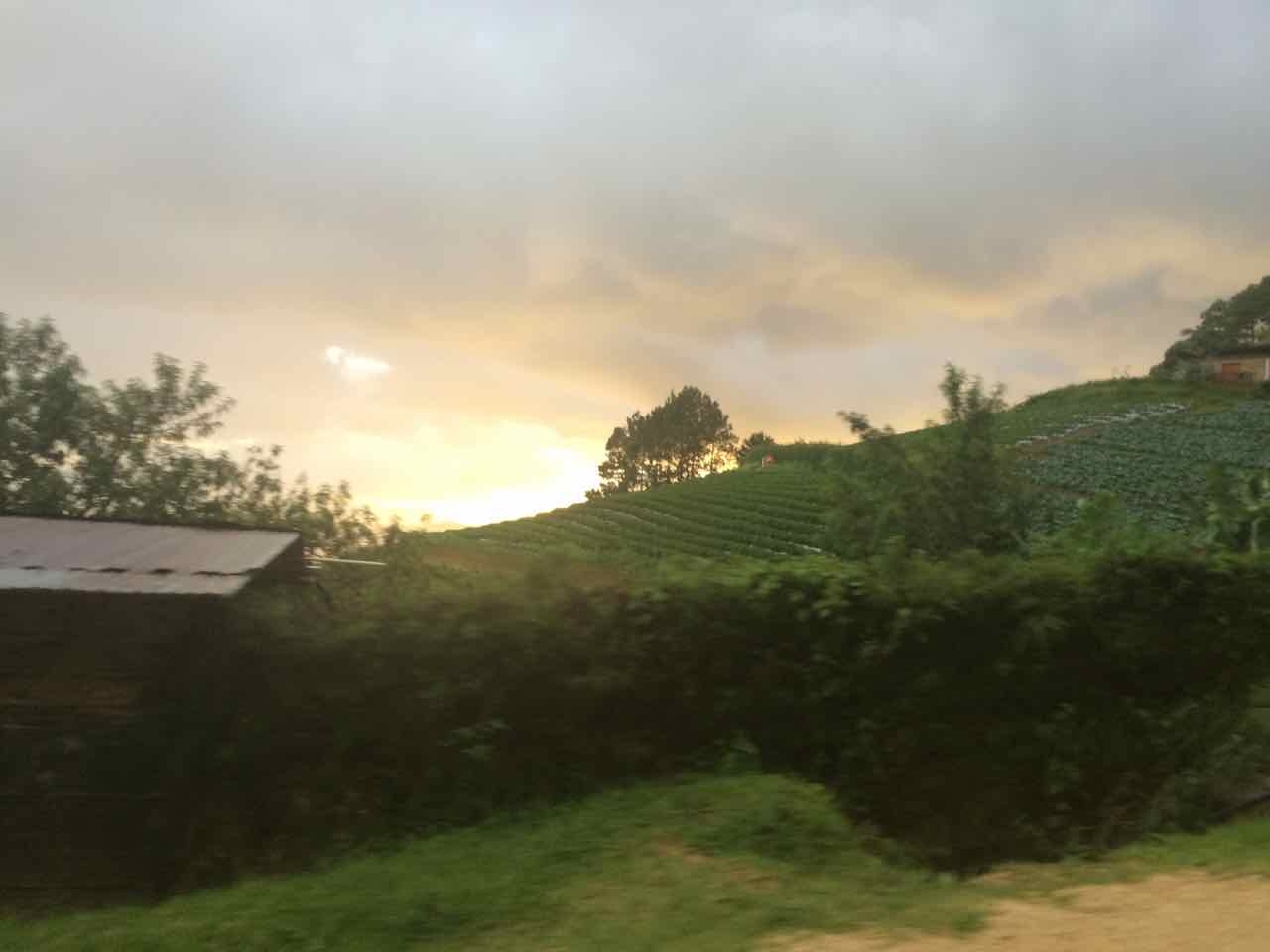
For dinner, we made egg, tomato, and cheese baleadas over the family’s incredible wood-fired stove. Although they more resembled breakfast burritos, we named them Gouletadas™. Overnight the torrential winds and rainstorm snuck its way into our tent, jarring us away at 5am in a soaked panic. But it was okay – we drank enough coffee that morning to caffeinate and compensate for our concerns. While we covered the family’s clotheslines with our drenched stuff to dry, we took a short stroll through one of the many perfectly manicured trails within the park. Ceiba trees and covered green canopies energized our hike with some fun conversation; most noteworthy was teaching Amanda one of our favorite hypothetical games – “would you rather.”
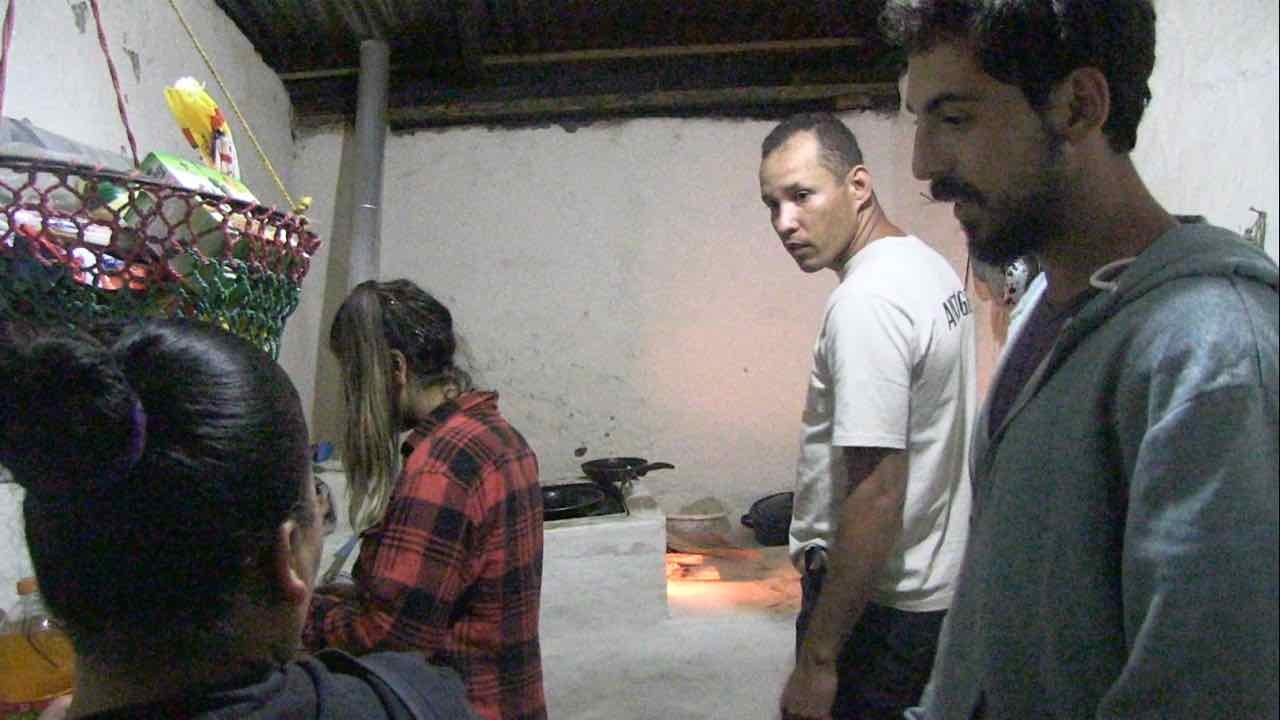
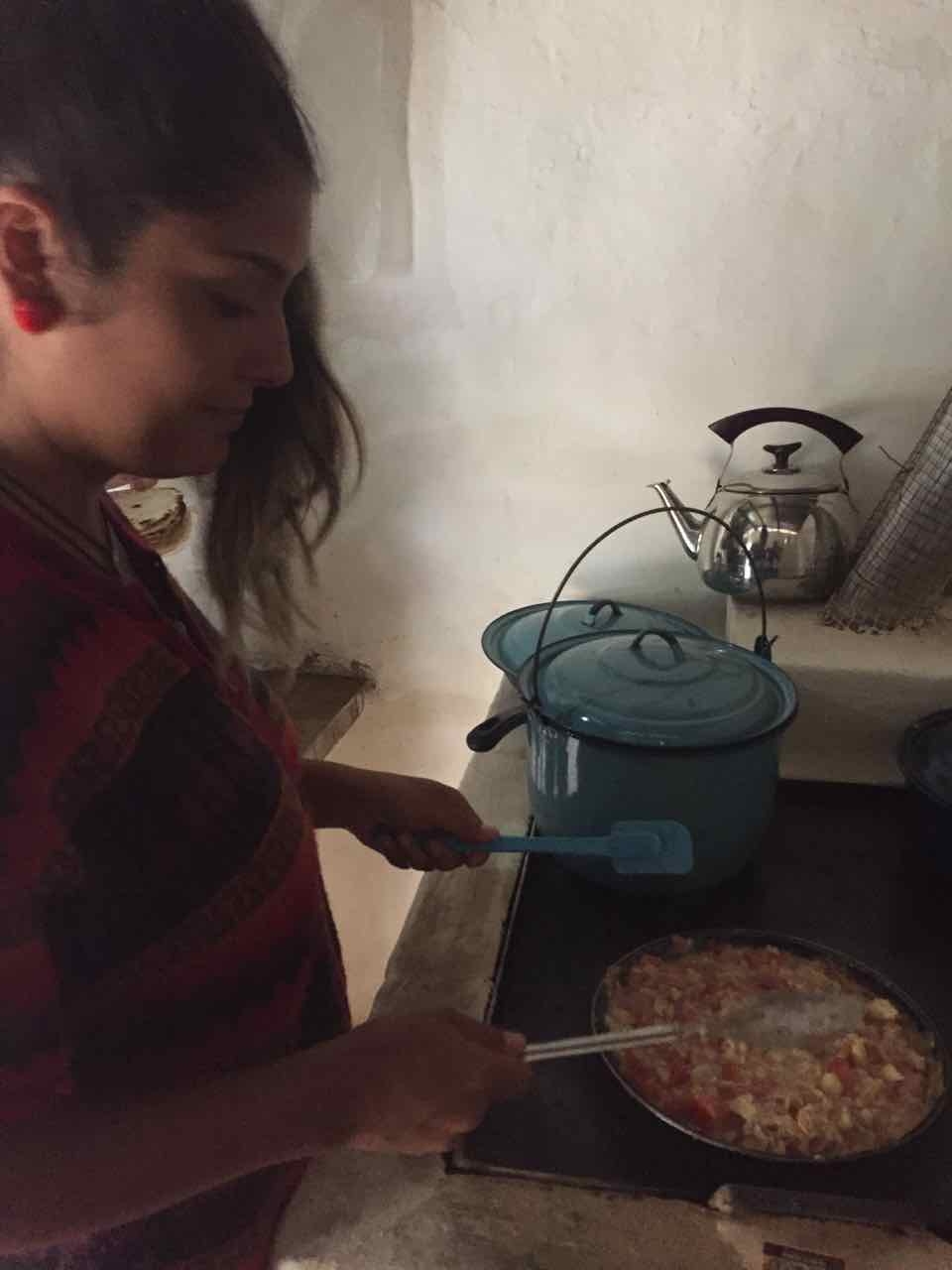
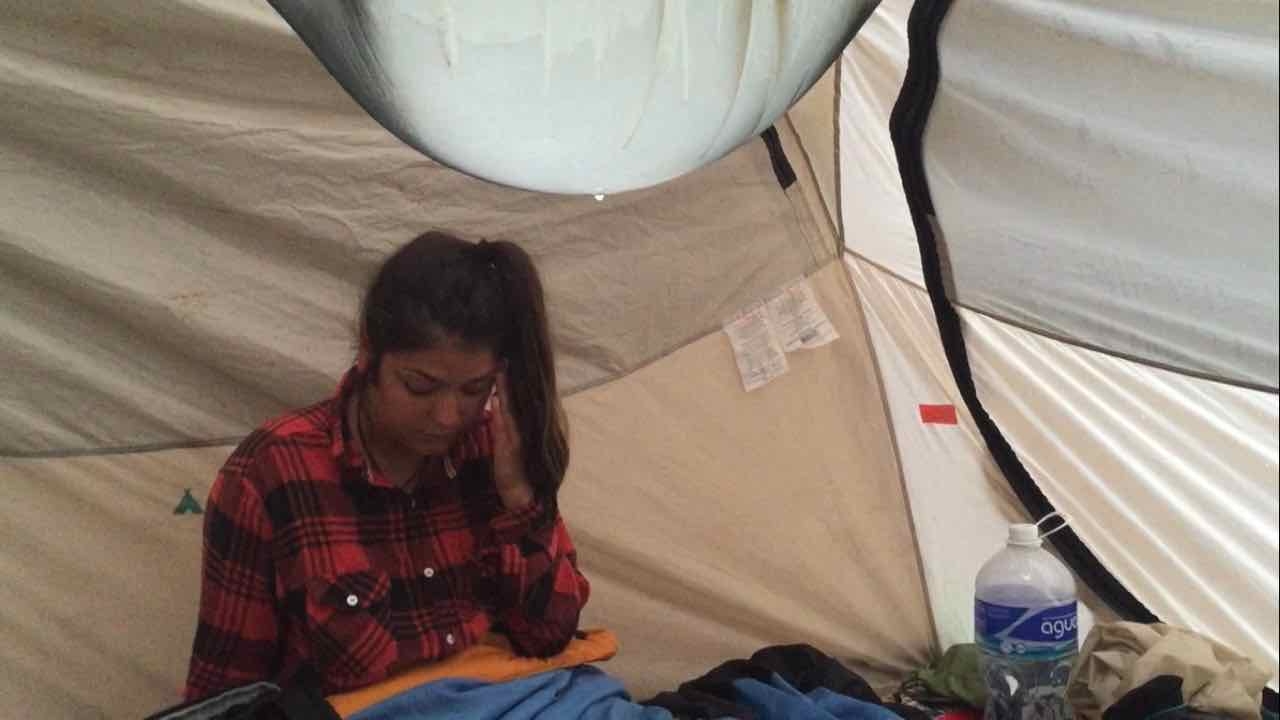
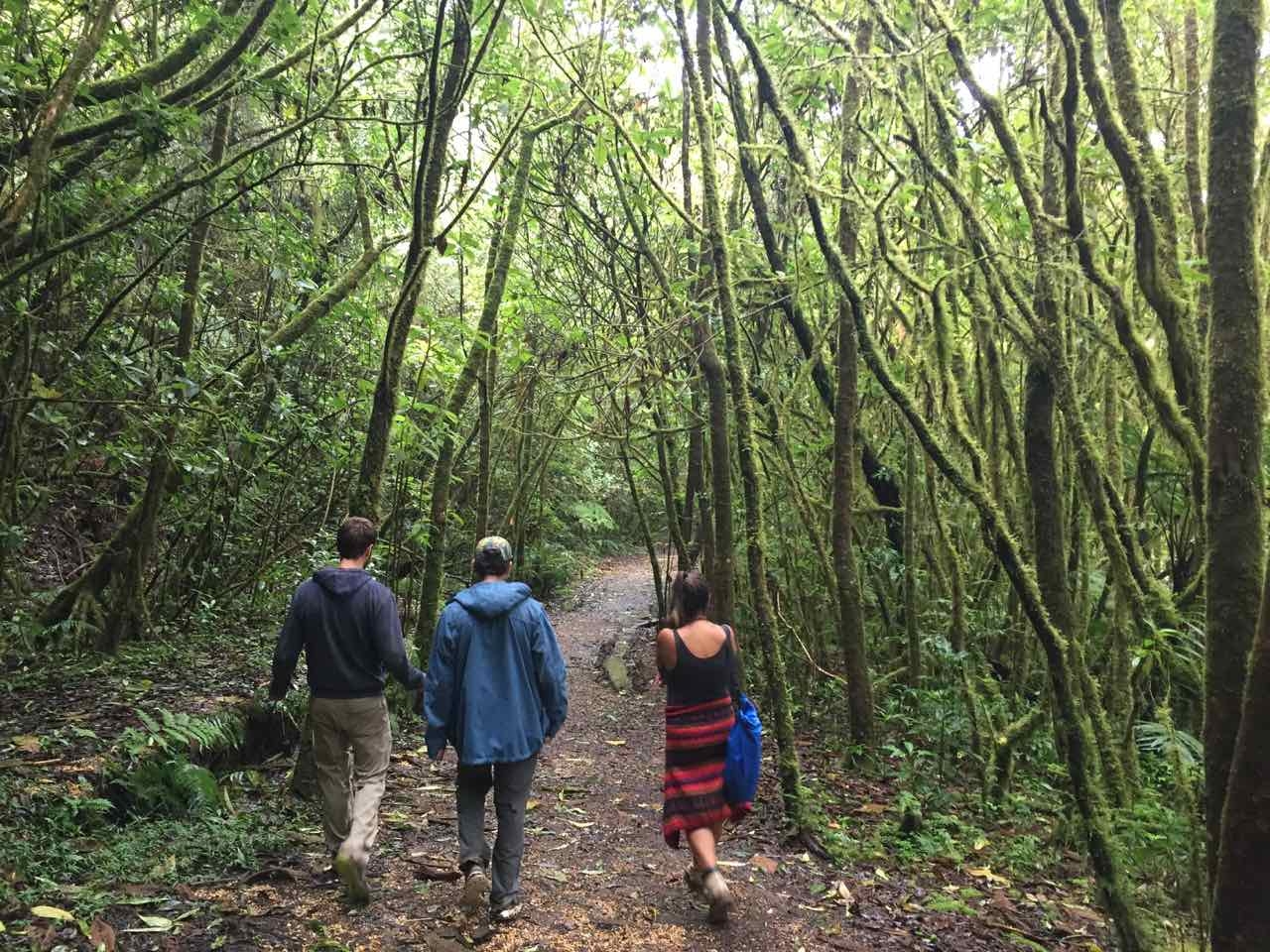
We struggled through a tough goodbye with our now close friend, Amanda. She was understandably entangled in nerves at the impending prospect of a night alone in Teguc, followed by a series of solo bus rides all the way to Leon, Nicaragua. But one key fact remained: Amanda was a veteran at that kind of challenge. She’d spent almost two full years traveling around the entirety of Central and South America on her own. This put things in perspective for us Goulets in a big way. For all of our incessant fears on the road, we have three thick layers of protection Amanda just didn’t have: we are men, there are three of us, and we have a car. These factors might seem minor, but here in Latin America, they can make a major difference in how a traveler is treated by the locals. Still, after getting robbed three times on her travels, she has persevered. While we at times lament some of our favorite comforts from home from our miniscule three months on the road, this resilient gal has roughed it for so much longer. Sure, we’re always learning from the locals we meet on our journey. This time though, our lesson sat with us in the cramped back seat of our stinky car.
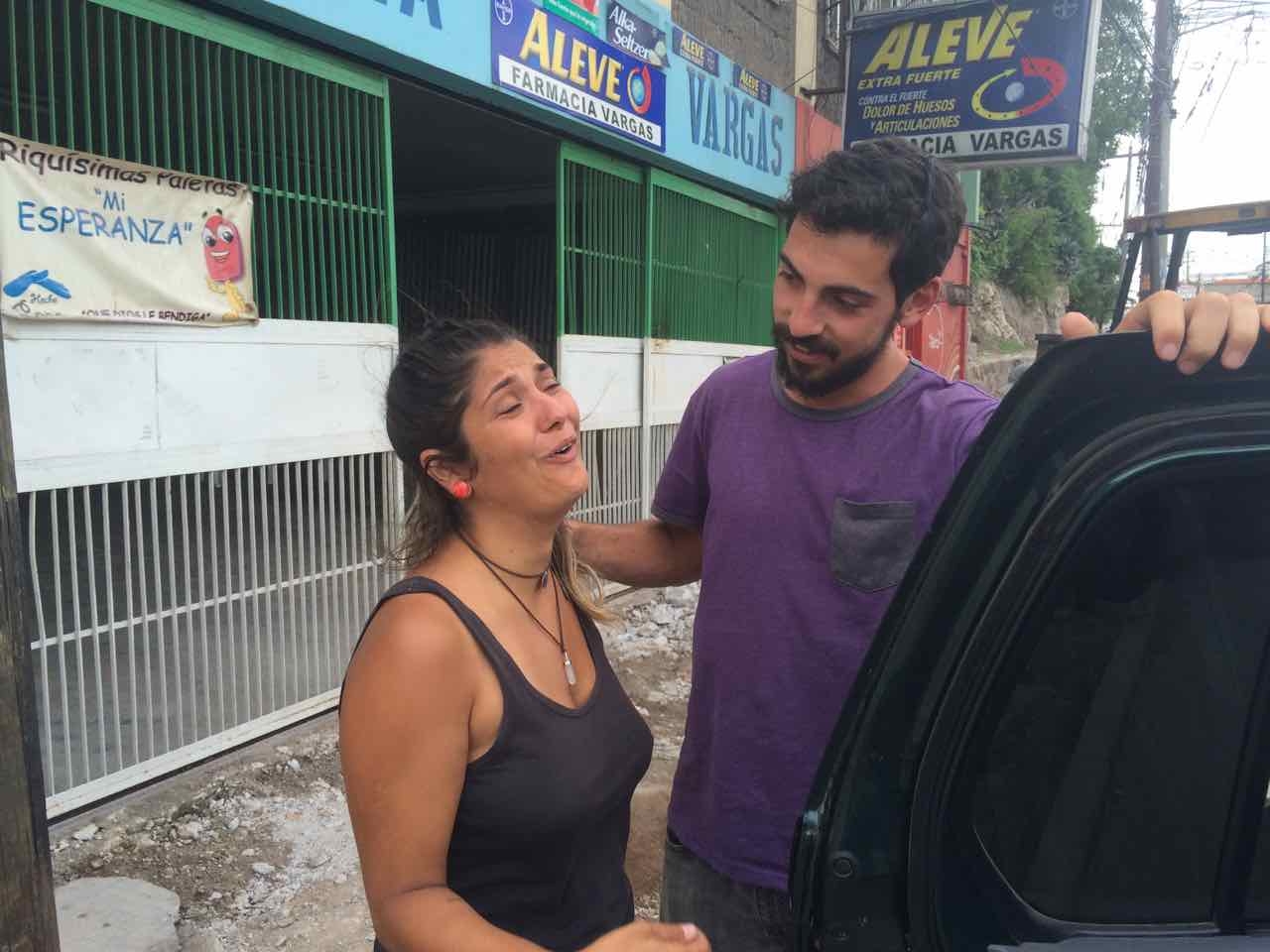
We did one last ultra ordinary thing as we circled Honduras like school kids on a carousel. After picking up our new camera at the FedEx in San Pedro Sula, we celebrated our 100 days on the road with a visit to the movies. Yes, that’s right, a movie theater just like the one you go to back at home. We went simply to enjoy a small sample of our previous lives, but the dubbed over Pixar smash hit Intensamente (Inside Out) really, deeply moved us. Like, to tears. All of us. Maybe this trip is making us a whole lot more sensitive. Or many that movie is just incredible.
As we read over this blog entry and prepared it for publication, we noticed its rambling nature. Nothing really ties it all together and there is no climactic moment. But, we realized, that’s okay. A lot of the time on our travels – in fact, most of the time, there is no perfect climax, no ideal story arc. In a way, this is our greatest challenge as aspiring filmmakers and storytellers. When a stretch of our ever-growing trip is nothing more than a blend of loosely connected incidents, we have to wonder how it does fit together. As of yet, we don’t have an answer. The only thing we can do is keep documenting everything until something clicks.



Pingback: Chapter 23: Gnarly Nicaraguan Nights - #GlobalGoulets